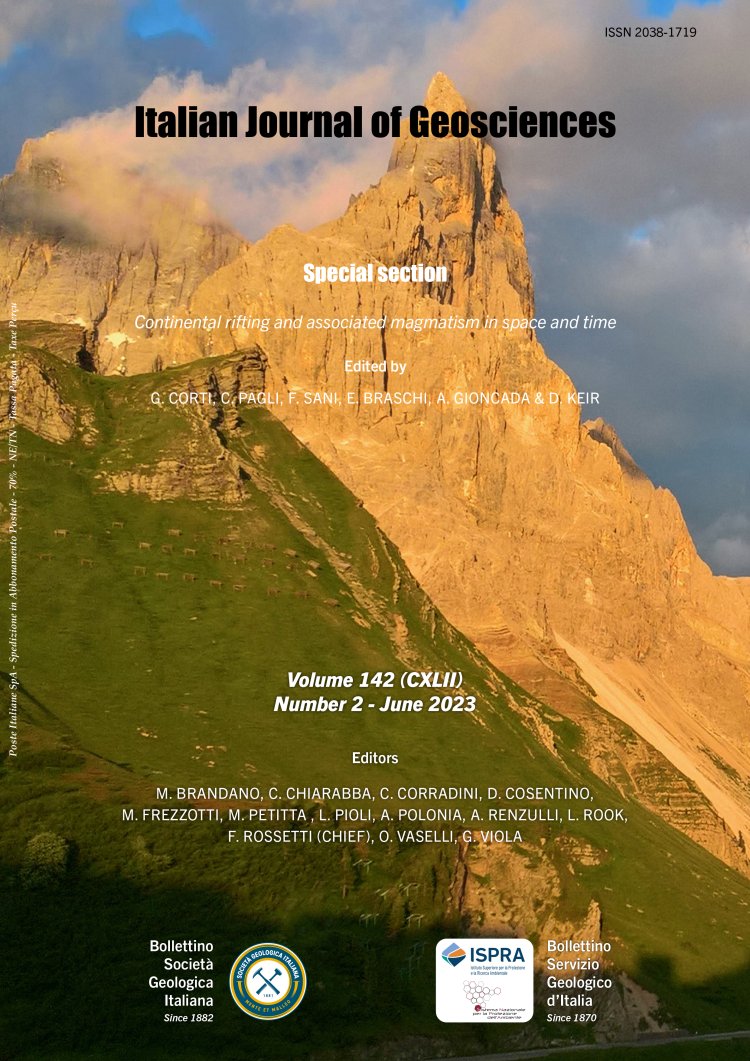
Geological elements in the in thirteenth-century treatise “La Composizione del Mondo” (The composition of the World) by Ristoro d’Arezzo
Marco Romano1
1Dipartimento di Scienze della Terra, Sapienza Università di Roma, Piazzale Aldo Moro, 5, I-00185 Roma, Italy.
Corresponding author e-mail: marco.romano@uniroma1.it
Volume: 142 (2023) f.2
Pages: 217-243
Abstract
This contribution analyses the geological elements sensu lato found in the “La composizione del mondo colle sue cascioni” (The composition of the world with its causes) written by Ristoro d’Arezzo at the end of the thirteenth century. In the treatise is possible to find numerous references to ‘geological’ products and processes ranging, from the shape and structure of the Earth, distribution of emerged lands and seas, geomorphology, sedimentology, to earthquakes and meteorological phenomena, formation and erosion of mountains, references to specific lithotypes and their formation. Most of these phenomena and interpretative hypotheses are essentially inherited from the Meteorologica of the master Aristotle. The Composition of the Word represents an open window on the ‘scientific’ naturalistic-astronomical knowledge at the end of the thirteenth century, in a crucial stage of rediscovery of Aristotelian hypotheses and of his commentators, representing the foundation ofall the knowledge and advances of the western world. Even if in the opening Book Ristoro rejects the use ofmiracles to explain nature, the author resorts to the central action of the Heaven as the main shaping agent for Earth structure, living beings, mountains, and mines. Furthermore, God is present throughout the text along with the concept of the scala naturae, with humans representing the pinnacle of perfection among living beings. However, Ristoro can be considered among the first ‘disseminators’ of science, presenting in vernacular Italian the theories of ancient thinkers and thus allowing access to this interpretative world to a wider audience. Furthermore, Ristoro did not limit himself to simply report the theories of past authors, but especially with regard to geological processes (mountain formation, explanation of fossils, mineralizations), he provided completely original interpretations which indicate a direct analytical observation of the natural world. The treatise by Ristoro was certainly the basis for authors of the following centuries with regard to natural phenomena in general and astronomical ones in particular, with influences certainly on contemporary and slightly later authors such as Brunetto Latini and Dante Alighieri.
Keywords
Get Full Text